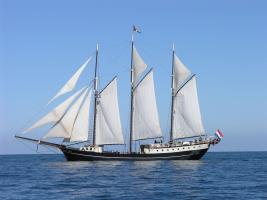
Photo: Lukas Riebling
Following the example of Greta Thunberg, who traveled to a UN climate conference by sail in August, 36 young climate change activists set sail from Amsterdam on October 2, bound for COP25 – the United Nations Climate Conference. Rather than boarding airplanes, the group chose to charter the Regina Maris, a 101 ft (31m) LOA, 1970 built steel Dutch topsail schooner for the 5,000 nautical mile trip.
Classic Sailor reports that the activists, from all across Europe, are hoping to use the seven-week voyage to brainstorm ideas for greener transport which they then intend to present to world governments meeting in Santiago from 2 – 13 December. But they will also be helping the six permanent crew to sail Regina Maris. Living in four-person cabins they plan to eat vegan meals. The voyage has scheduled stops at Casablanca, Tenerife, Cape Verde, and Recife to pick up fresh fruit and vegetables and get ashore for a few hours. When they arrive in Rio they will take a bus across the South American continent to Chile – a distance of some 3,000 kilometers.
Jeppe Bijker, one of four Dutch initiators of the Sail to the COP project, told reporters he did not expect people to give up flying altogether. “But we do ask that they think about why they are flying. You should ask yourself do you really need to go? Maybe it’s a business flight … and there could be an e-conference instead. And do you need to take so many short-haul trips?” Continue reading →
 Late season cruises have their own inherent risks. In the case of a recent cruise on the Norwegian Spirit these risks were compounded by the remnants of Hurricane Lorenzo, now a post-tropical storm, which was pounding the Atlantic Coast of Europe.
Late season cruises have their own inherent risks. In the case of a recent cruise on the Norwegian Spirit these risks were compounded by the remnants of Hurricane Lorenzo, now a post-tropical storm, which was pounding the Atlantic Coast of Europe. 
 One of the most interesting accounts of a sea serpent is that of the
One of the most interesting accounts of a sea serpent is that of the 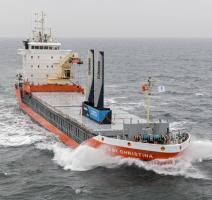 Econology is a word that has been floating around the internet recently. A combination of economy and ecology, it refers to technology that is good for the ecology, while at the same time making economic sense. The Dutch firm
Econology is a word that has been floating around the internet recently. A combination of economy and ecology, it refers to technology that is good for the ecology, while at the same time making economic sense. The Dutch firm 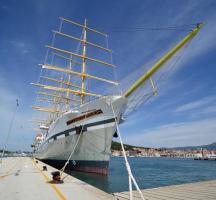 For the past several years,
For the past several years,  This week, as China looked back at 70 years of Communist rule, its military parade looked to the future with a whole new generation of deadly naval and airborne weaponry.
This week, as China looked back at 70 years of Communist rule, its military parade looked to the future with a whole new generation of deadly naval and airborne weaponry. 

 Civilian divers were on an archeological dive on the
Civilian divers were on an archeological dive on the 
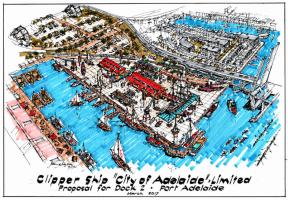 The world’s oldest clipper ship,
The world’s oldest clipper ship, 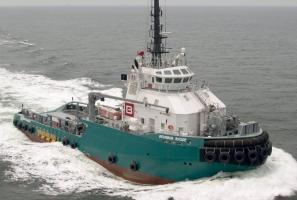 Three sailors have been rescued from a lifeboat following the sinking of the 164′
Three sailors have been rescued from a lifeboat following the sinking of the 164′ 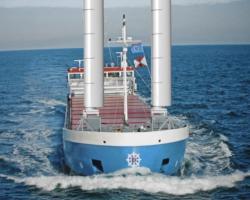
 A disturbing new
A disturbing new 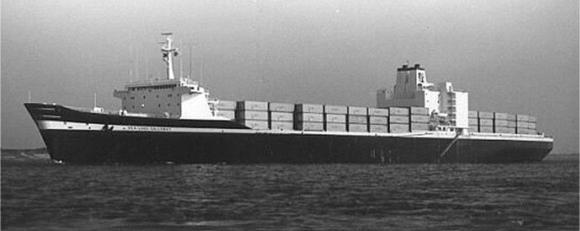 The recent
The recent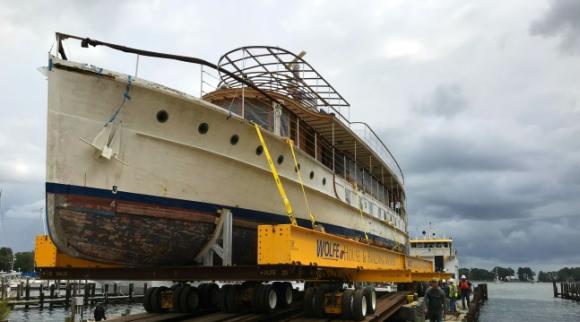 Back in 2016,
Back in 2016, 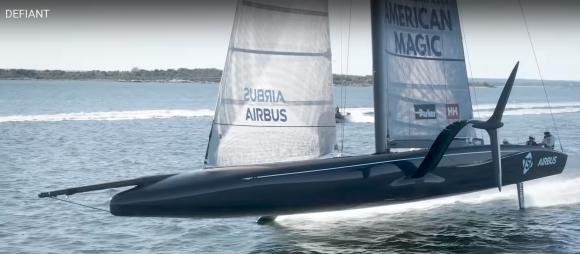 The
The  Paradoxically, whale watching by tourists to Iceland is booming. At the same time, the primary economic support for the hunting of whales by Icelandic whalers are also tourists to the island.
Paradoxically, whale watching by tourists to Iceland is booming. At the same time, the primary economic support for the hunting of whales by Icelandic whalers are also tourists to the island.